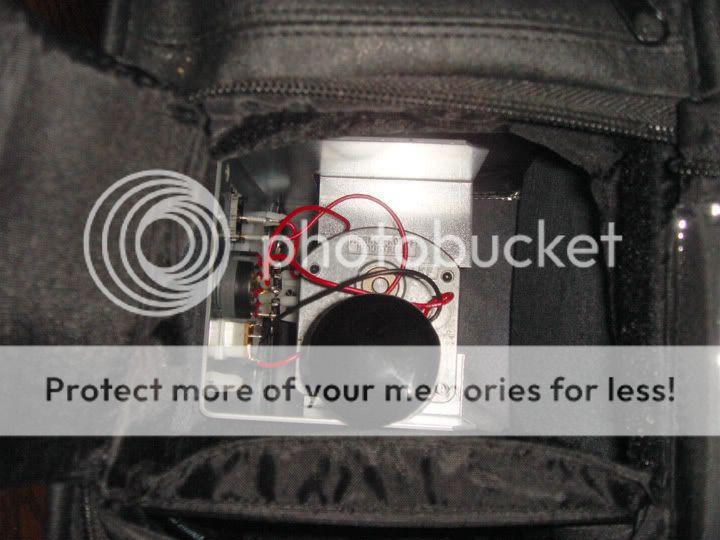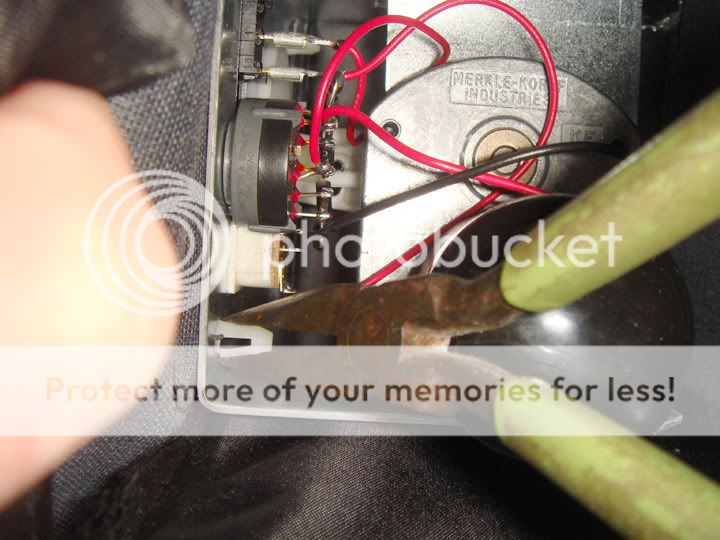I wanted to share what I have learned about individual-use breast pumps, specifically Medela's "Pump in Style" pump, and whether it would be appropriate for a mother to utilize a used pump.
I am not a doctor, and this is not intended to be medical advice. Rather, I hope to educate mothers, mothers-to-be and those in support roles, in hopes of removing some of the mystery behind how the pumps work. DU is "my" forum, so I've posted this here, but if anyone wishes to share this information elsewhere, please feel free and don't concern yourself with crediting me; I think this is important enough to want to spread freely.
-----------------------------
Breast pumpsBreast pumps are expensive; given this particular model retails for more than $250 new, and finds itself as among the more "affordable" models, the cheapskates among us naturally look to the secondary used market -- where the pumps can be had for as little as $20.
But the biggest reason they are so cheap: women are recommended against using used pumps. Medela is quite clear on their website and in their literature that even if all the tubing is replaced, used pumps are a no-no.
Medelas literature states:
"The Medela Pump In Style has an internal diaphragm that cannot be removed, replaced, or fully sterilized. Therefore, the risk of cross-contamination associated with re-using a previously owned pump such as the Pump in Style cannot be dismissed, even when using a new kit or tubing."
Further:
"Multiple women using these single-user products automatically voids the warranty of the Medela product."
Breastfeeding experts point to the FDA's statements on the matter, which are slightly more nuanced:
"The following statement is FDA's position on the matter of reuse of breast pumps labeled for a single user. FDA does not regulate the sale of individual breast pumps by individuals to other individuals. Rather, we regulate these medical devices when they are in interstate commerce. We have not said that this practice is legal or illegal. Instead, we have the following position, which recommends that if the pump cannot be adequately disinfected between uses by different mothers, that the pump not be used by different mothers."
That last sentence struck me;
if the pump cannot be disinfected,
then it should not be used by different mothers. Medela states the Pump in Style can't be disinfected. I humbly suggest it can, although it seems the pump is designed to discourage one from discovering this.
Online breastfeeding forums talk about hepatitis and HIV, both of which travel with bodily fluids including breast milk and blood; the concern seems to center around the possibility of such fluids becoming aerosolized, and being "sucked into the pump's workings," staying there until the next unwary user comes along and becomes infected.
Inspection of the Pump in Style reveals this is not only unlikely, but in fact impossible.
Let's take a look inside.
Taking Apart the Pump in StyleHere's the front of the Pump in Style.

I'm going to show you how to remove the pump from the leather bag.
First, pop off the face cover. It lifts right off:

Next, pull apart the velcro that holds the little pocket on top. It is velcroed on three sides, the fourth is sewn in place:

And here's your first look inside:

Pull out the piece of foam from the back. It's not attached to anything:

Now you can really see the pump down in there:

The pump is held in place by four pins that go through the faceplate, through holes in the leather bag, and into the metal frame of the pump itself. They push through and click into place; to get them out, you need to reach in and squeeze the back of them so they can be pushed out the front. I used a pair of needle-nose pliers, but a strong enough hand might be able to squeeze them:

Once compressed, they can simply be pulled out the front:

Here's a better look at the pin:

Removing all four of them, the faceplate is still held on by the speed control knob. This pulls straight off the front:

The faceplate is now loose:

There are two red wires that run from the pump to the on/off switch on the faceplate. The connectors slide right off:

And now the pump is free, just sitting in the bag:

The pump can now just be lifted out:

And here's the mysterious breast pump you paid $250 for (if you bought new):

Not much to it, really. Take a look at the back:

As you can see, it's a simple electric motor (the cylinder) attached to a gearbox, which is then attached to a piston on the bottom:

That piston makes the diaphragm move in and out, pumping air to express milk at the other end. Nowhere is there a place for liquid or vapor to be "trapped in the workings" of the motor. It's a quite open system.
In fact, the diaphragm itself can be pulled out from the piston at the front:

This makes it quite easy to get at from all sides:

I simply wiped the diaphragm thoroughly with first an alcohol swab, then an antibacterial gel, and finally with a handi-wipe:

This was probably overkill, but my point is I'm quite convinced I've killed anything that might have been living on that diaphragm.
Planned Obsolescence The other issue Medela points out is that the pumps simply do not last; from what I've read, they do tend to stop working between 2 and 5 years. The motor seemed an unlikely candidate for a burn-out, being such a simple system, so I looked at the back of the speed controller:

Any one of those little guys fails, and the entire system loses power and "dies." It's cheaply built, to be blunt, but anyone with a little electronics knowledge could replace or bypass this switch, or frankly replace any of the components for a fraction of the cost of a new unit.
Reduce, Re-Use, RecycleMy wife asked, during a breastfeeding class at the local hospital, whether Medela (or any other manufacturer) has a recycling program for their old pumps, since we are apparently meant to use them for one or two children and discard them. The answer was no. We both found that appalling.
Final ThoughtsThe FDA clearly believes
if a pump can be adequately sterilized between users, it can be re-used. Obviously a pump manufacturer is in the business of selling pumps, but it seems to me irresponsible on many levels to appear to design a pump to make it difficult to sterilize.
If anyone thinks I've missed something glaringly obvious, I'd like to hear about it. But my conclusion is that it seems an inexpensive used pump can be adequately cleaned for re-use, and probably easily repaired if the individual components fail. :)